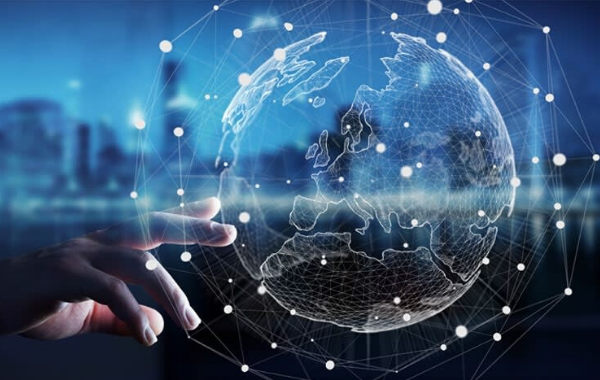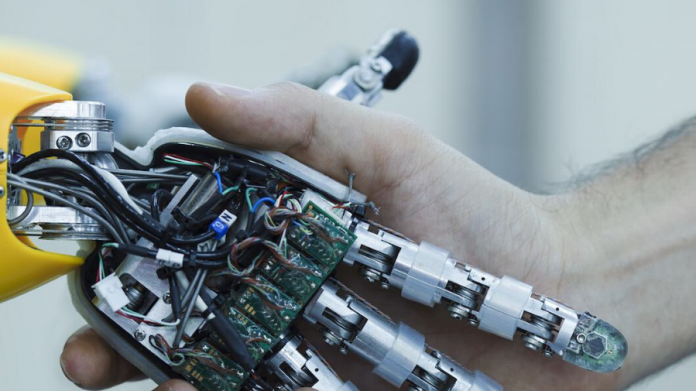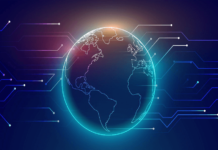The field of robotics has progressed significantly in the past few years and now robots are moving beyond their usual habitats of manufacturing plants and supply chain logistics. Earlier, robots and automated systems were confined to industrial plants where they would be part of the production assembly line. Advancements in machine learning and artificial intelligence techniques have made it possible for robots to go beyond their traditional fields and help humans in a much more collaborative and functional way.
It is surely an extremely exciting time to be involved in the field of robots and automation. Here are some of the latest and most exciting trends in the field of robotics that one can expect in the coming years.
Table of Contents
1. Enhancement of Computer Vision
One of the most groundbreaking innovations in the field of AI and robotics is the development of a piece of technology called computer vision. Computer vision is an interdisciplinary field of study that aims to emulate the human cognitive ability of vision and understanding in computers. Since its inception, computer vision has progressed enormously and it has been predicted that computer vision capabilities will be remarkably enhanced in the coming few years.
Another trend that has been noticed is the development of embedded vision systems, which are components of computer vision that are lightweight and eco-friendly. If they get implemented in a mainstream manner, they will completely revolutionize the world of robotics. Enhanced computer vision will bring humanity to the newest generation of driverless cars and automatic drones.
2. Advances in Machine Learning

Machine learning is a subfield of artificial intelligence that is concerned with developing computational systems that can learn to perform certain tasks without being explicitly instructed to do so. This is achieved with the help of statistical models called machine learning algorithms. Breakthroughs in the field of mathematics and statistics have made machine learning a much more effective field than it was in the past.
It has been predicted that machine learning systems will make substantial progress and develop to the point that they can be applied in a wide variety of industrial contexts as well. The aim of advanced machine learning is to increase productivity by raising the amount of collaboration between humans and robots.
3. Implementation of Robotic Systems in Cybersecurity
Every year, corporations and organizations lose trillions of dollars to cybercrime. According to research, it has been predicted that business organizations will lose $6 trillion to cyber-attacks in 2021 alone. This shows that proper cyber security is very important if firms want to maintain the integrity and safety of sensitive and private information. Cyber security systems and procedures can be massively enhanced if artificially intelligent systems are implemented in the security process.
Machine learning techniques can also be used to train systems to recognize certain threat patterns so that it can protect networks and databases from malicious attacks. The collaboration between cybersecurity and robotics is the next big thing in the field
4. Deployment of Collaborative Robots Worldwide
Most industries deploy robots that help in the production of goods and services. Automation of the assembly line has been one of the most efficient technological advancements achieved by the human race. However, the newest and most exciting trend in the world of robotics is the rise of collaborative robot technology. Collaborative robots (also known as Cobots) are robots that are designed to share workspace with humans and work in a collaborative manner with them.
These robots are designed in a way that they can work safely in close proximity with human beings. This is in stark contrast with traditional industrial robots, whose efficiency is based on the fact that they are allowed to function in complete isolation. According to research conducted by the International Federation of Robotics (IFR), cobots make up only 3% of the existing robot workforce currently. However, this share is expected to change dramatically over the coming years.
5. Implementation of AI Systems Into Big Data Analytics

The fields of data science and big data analytics are becoming incredibly important in the current scenario. Firms are realizing the importance of the patterns hidden in the incredible amount of raw data they generate on a daily basis. Big data analytics, or the exploratory and quantitative analysis of huge data sets, is a very grueling task.
However, with the advancement of artificial intelligence and ML systems, robotics can play a huge role in revolutionizing the field of data science and big data analytics as a whole. It must be noted that machine learning is already a very important aspect of the data science field. However, robots and automated systems may be on the path of revolutionizing the field completely.
6. Advent of Open Automation Systems (OAS)
Open Automation Systems are robotic systems that are based on a distinctly different architecture than traditional industrial robots are. One of the biggest upheavals in the world of robotics and automation is the integration of OAS into existing manufacturing/production plants and processes. Systems that work using Open Automation are said to be easier to update, maintain and implement. The biggest advantage of an OAS architecture will be the fact that it will allow manufacturers to focus more attention/resources on the quality of the products than on the automation processes that produce the goods. This will also reduce maintenance costs significantly and allow producers to optimize their manufacturing process greatly.
Signing off
Overall, these are some of the most exciting trends in the field of robotics that we can expect to see in the coming few years. Some scientists and researchers also predict that automated systems will be able to utilize information from the Industrial Internet of Things (IIoT), which is a system of interrelated industrial computing devices and machines. A connection with the IoT will allow the automated systems to access data they previously couldn’t access. This will allow producers to streamline and optimize production processes significantly. Thus, one can argue that this is a very exciting time for someone to be involved in the associated fields of robotics, artificial intelligence, machine learning, etc.












